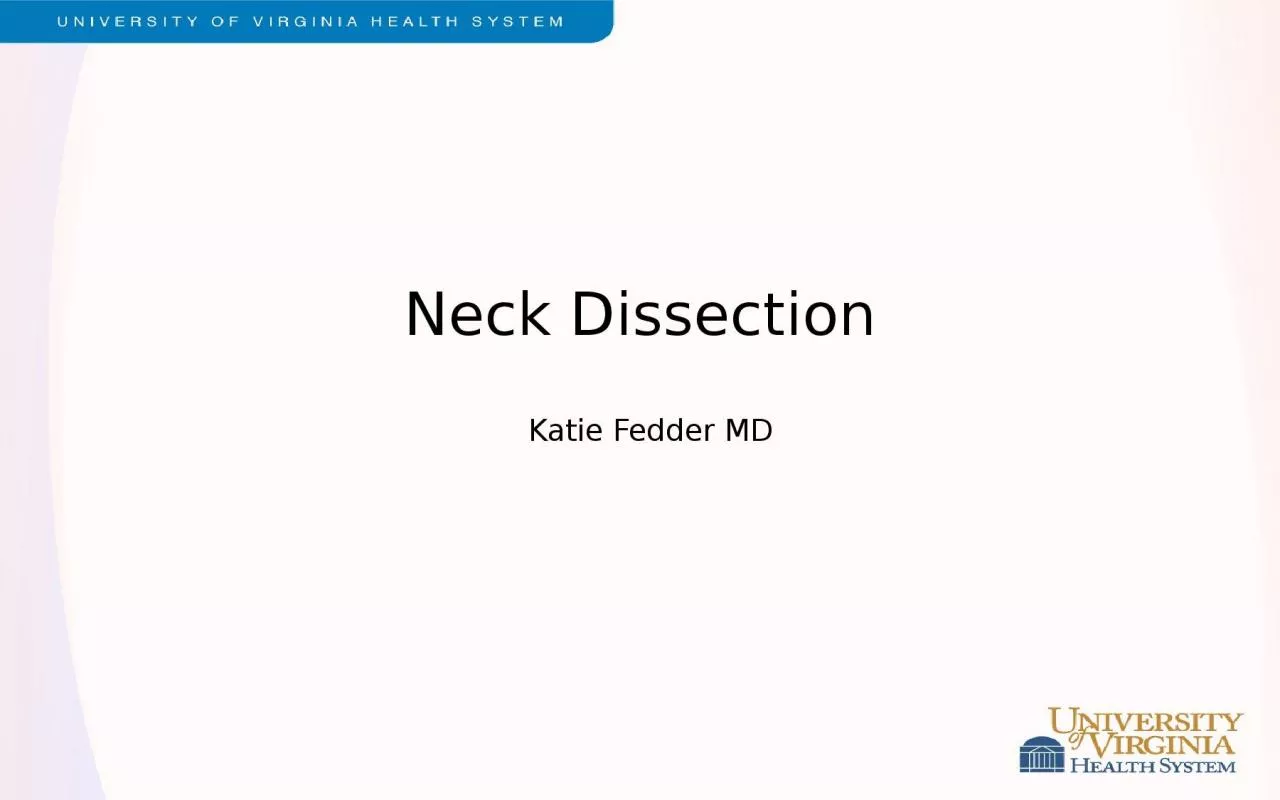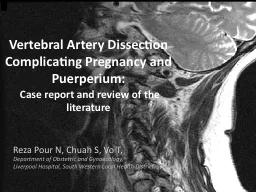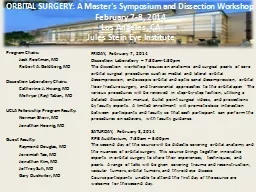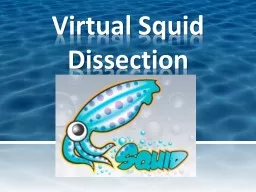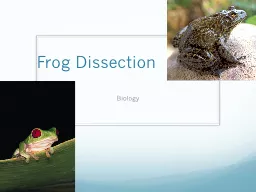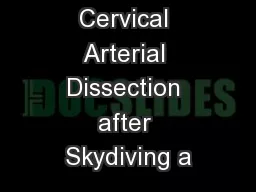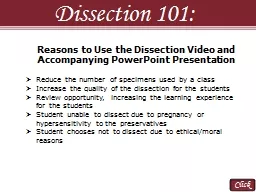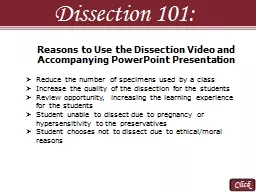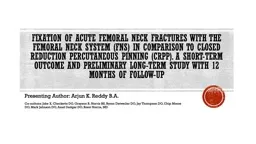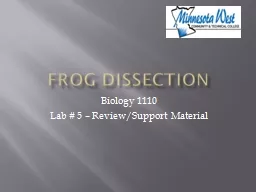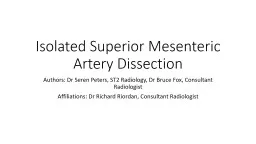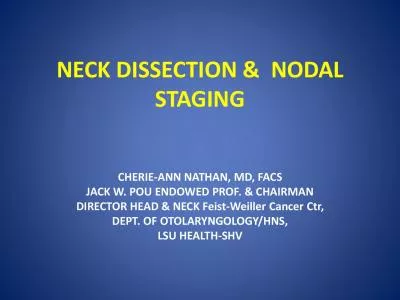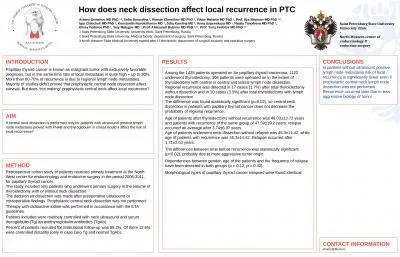PPT-Neck Dissection Katie Fedder
Author : quinn | Published Date : 2024-02-03
MD Why do we do it Prognostic and therapeutic treatment of the cervical region in various types of head and neck cancer HN cancer grows at primary site and next
Presentation Embed Code
Download Presentation
Download Presentation The PPT/PDF document "Neck Dissection Katie Fedder" is the property of its rightful owner. Permission is granted to download and print the materials on this website for personal, non-commercial use only, and to display it on your personal computer provided you do not modify the materials and that you retain all copyright notices contained in the materials. By downloading content from our website, you accept the terms of this agreement.
Neck Dissection Katie Fedder: Transcript
Download Rules Of Document
"Neck Dissection Katie Fedder"The content belongs to its owner. You may download and print it for personal use, without modification, and keep all copyright notices. By downloading, you agree to these terms.
Related Documents

